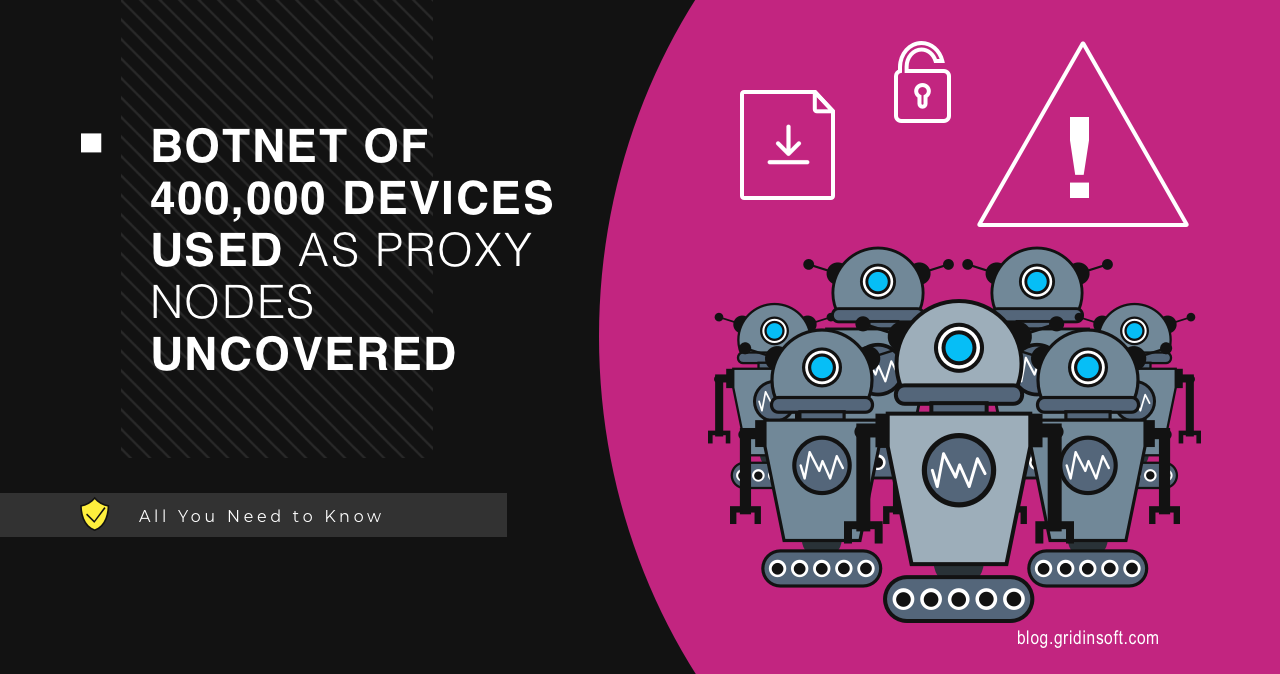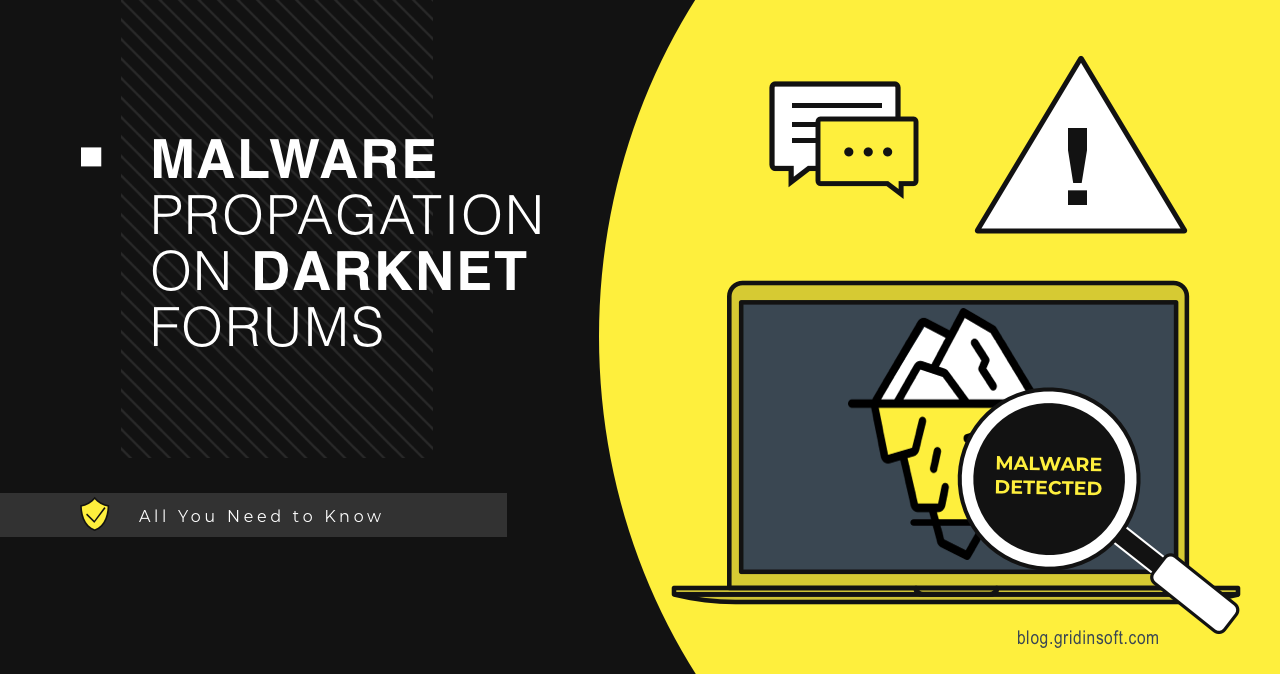DarkGate Loader Expands Activity, Delivers Ransomware
A new DarkGate malware deployment campaign has caught the attention of cybersecurity…
Botnet of 400,000 Devices Used as Proxy Nodes Uncovered
Cybercriminals used stealthy malware to create a botnet of 400,000 proxy servers.…
Forged Driver Signatures Exploited In The Wild
Hackers actively use driver signature spoofing, which originates from a loophole in…
Legion Stealer targeting PUBG players
Scammers are using a misleading GitHub page to distribute Legion Stealer to…
PlugX malware attacks European diplomats
Over the past few months, researchers have been monitoring the activity of…
RustBucket Malware Attacks MacOS More Effectively
New update of RustBucket Malware introduced several changes. Now the malware is…
RedEnergy Stealer-as-a-Ransomware On The Rise
Researchers have discovered a new form of malware called RedEnergy Stealer. It…
PindOS JavaScript Dropper Distributes Bumblebee and IcedID Malware
Deep Instinct specialists spoke about a new JavaScript dropper called PindOS (such…
Chinese Hackers Accidentally Infected European Hospital with Malware
Check Point analysts found that Chinese hackers in a chain of accidents…
Super Mario Malware: Hackers Spread Stealers in the Fake Game
The Super Mario video game franchise has gained immense acclaim due to…
Malware Propagation On Darknet Forums
The forums on the dark web are well-known for being a hub…
Cloud Mining Scams Spread Banking Trojans
It's no secret that cybercriminals are increasingly using mobile platforms as an…













